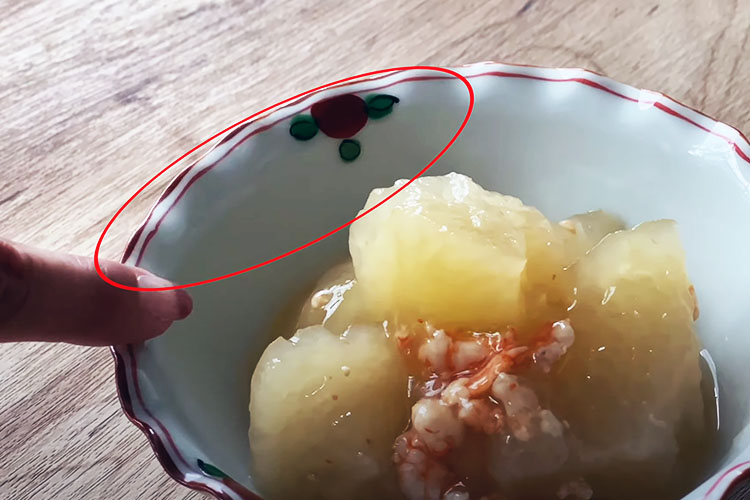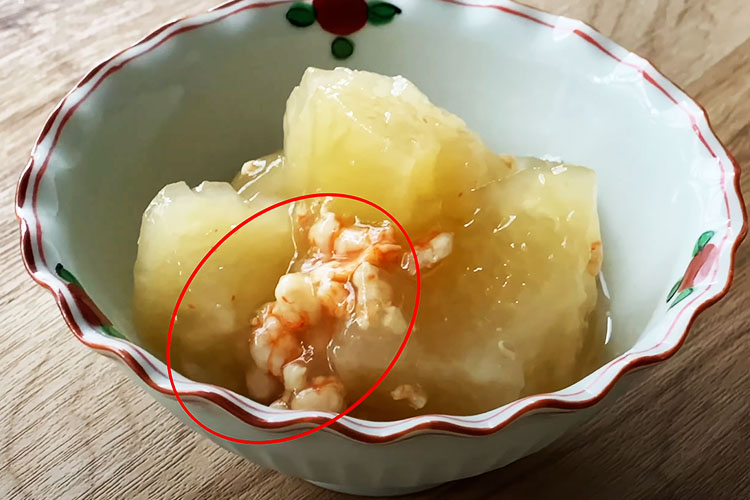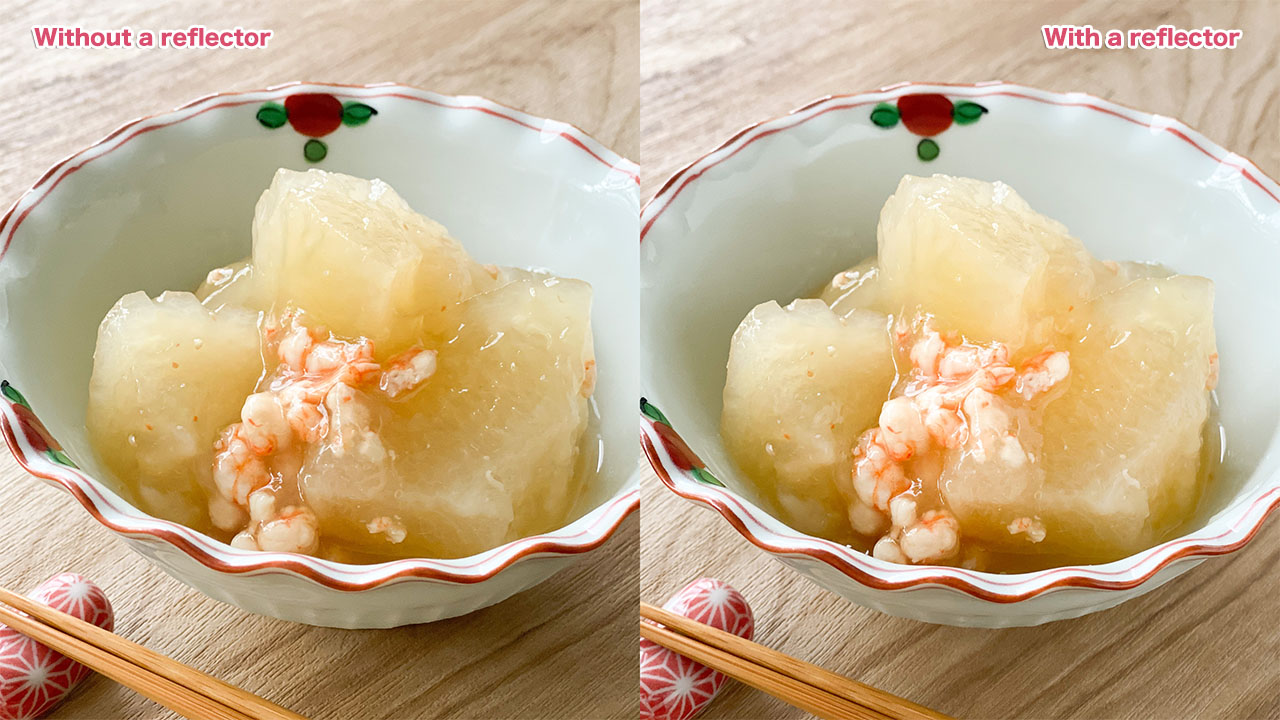Japanese cuisine is known for its delicate flavors and beautiful presentation, but particularly for the culture that values the sense of the seasons. Japan experiences distinct four seasons, each offering unique ingredients and flavors. Here, we introduce a method to capture the seasonal essence of Japanese cuisine with your smartphone.
Winter Melon in Winter, a Summer Vegetable
The main subject of our shoot, “winter melon” (tōgan), despite having “winter” in its name, is actually known as a summer vegetable. The origin of its name comes from the characteristic that after being harvested, it can be stored in a cool, dark place and will last until winter. In other words, it is called “winter melon” because it can be harvested in summer and stored until winter.
Moreover, in haiku, it is used as a seasonal word, or “kigo,” for autumn, as seen in Kobayashi Issa’s haiku: “A single flower blooms on the winter melon – autumn wind.” While the name and seasonal feeling do not match, the peak season for winter melon is from “July to October,” allowing you to enjoy the freshest winter melon.
POINT.1 Check the Direction of Light
For our dish “Winter Melon and Shrimp Soboro Ankake,” the star ingredient, “winter melon,” becomes transparent when heated, making it a material that enhances its shine with light reflection. Additionally, since it’s covered in a broth-based ankake sauce, managing light reflection becomes crucial for capturing beautiful photos.



In this case, shadows fall on the upper left and lower right of the dish, resulting in a “side light” coming from the left, which is somewhat backlit.
Moreover, the “shrimp soboro” also plays a significant role, so it’s necessary to adjust the arrangement to ensure that the light also reflects on the shrimp soboro.

POINT.2 Adjust the Lighting
Once the optimal subject placement is determined by adjusting the direction of the light and the degree of material reflection, shooting in that state will allow you to capture beautiful side dish photos.
For those who want to enhance the seasonal and sizzle feel further, try using a reflector as a method to adjust the lighting for an additional step.
Please take a look at the comparison photos taken with and without a reflector for reference.
POINT.3 Adjust Exposure Compensation
When shooting with a smartphone and the subject feels dark, for instance, with an iPhone, it’s possible to change the brightness (adjust exposure compensation). Please adjust it to your preferred brightness.

Here is a shot taken with adjustments to the lighting, use of a reflector, and exposure compensation.
Additionally, there are shots from an overhead angle and shots framed by cropping the dish.
The video is available on YouTube
Regarding the techniques for photographing Hako-Zushi, I am also broadcasting them on YouTube videos, so please be sure to check them out.
*Don’t worry, it has English subtitles.






